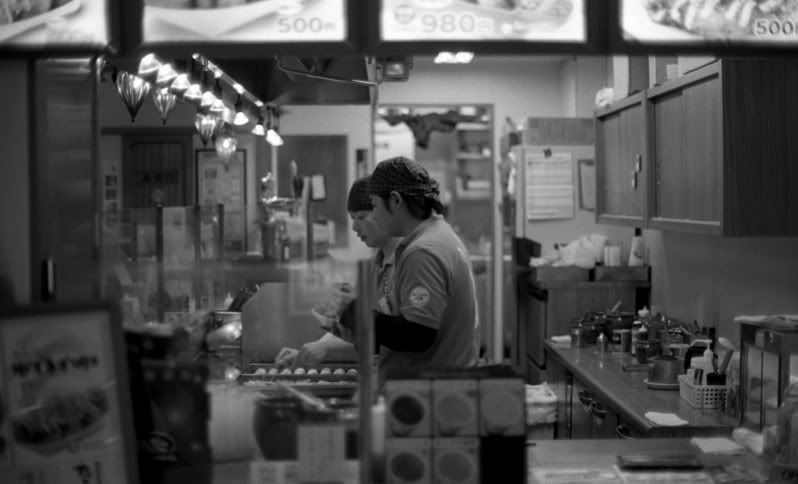nighstar
eternal beginner
it seems like all photographers who consider themselves professionals use various flash equipment a lot in their work, but what about professional (or other) photographers who do available light photography? what kind of equipment etc is used a lot for that kind of photography?
for example: are there particular types of cameras that lend themselves well to available light photography? what about lenses? film? accessories like filters, monopods/tripods etc?
i realize that these are probably very basic things that i should probably know already having been a photography enthusiast/amateur for years, but i still feel like there is a lot that i don't know but should. also, i'm curious as to what other people who are into available light photography use.
so to anyone into available light photography, i'd really appreciate it if you could share your preferred gear, film, books, etc as well as tips and techniques.
thanks. 🙂
for example: are there particular types of cameras that lend themselves well to available light photography? what about lenses? film? accessories like filters, monopods/tripods etc?
i realize that these are probably very basic things that i should probably know already having been a photography enthusiast/amateur for years, but i still feel like there is a lot that i don't know but should. also, i'm curious as to what other people who are into available light photography use.
so to anyone into available light photography, i'd really appreciate it if you could share your preferred gear, film, books, etc as well as tips and techniques.
thanks. 🙂







